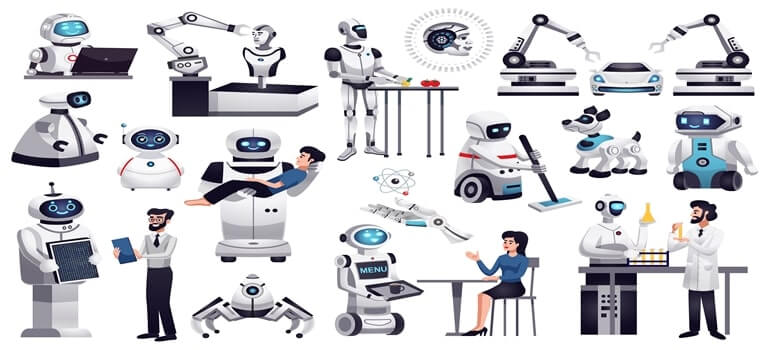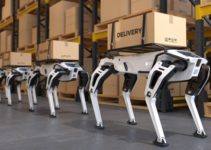In an era where automation and artificial intelligence are rapidly becoming part of our daily lives, the question of whether we should rely on bots to handle the heavy lifting is a pertinent one.
From customer service chatbots to automated manufacturing processes, the presence of bots is undeniable. But is the convenience they offer worth the potential drawbacks?
In this blog post, we’ll explore the pros and cons of letting bots take over the hard work and whether striking a balance between automation and human effort is the way forward.
[Read also: 5 Basic Robotics Concepts to Share With Your Child]

The Advantages of Bot-Driven Automation
- Efficiency: Bots can perform tasks around the clock without fatigue, leading to increased efficiency in various industries.
- Cost Savings: Automating repetitive tasks can reduce labor costs and lead to significant savings for businesses.
- Accuracy: Bots are less prone to errors, making them ideal for tasks that require precision.
- Scalability: Automation can easily adapt to changing workloads, ensuring businesses remain agile.
[Read also: What is Cognitive Automation, Its Benefits and Applications]
The Potential Downsides
- Job Displacement: The widespread adoption of bots may lead to job displacement for certain industries and workers.
- Lack of Human Touch: Bots may struggle to replicate the empathy and understanding that humans provide in roles such as customer service.
- Security Concerns: Relying heavily on bots can pose cybersecurity risks, as they can be vulnerable to hacking and misuse.
- Complex Decision-Making: Some tasks, especially those requiring nuanced decision-making, may not be suitable for automation.
[Read also: 10 Amazing Robot Animals]
Finding the Right Balance
The key to maximizing the benefits of automation while minimizing its drawbacks lies in finding the right balance. Here are some strategies to consider:
- Collaboration: Encourage collaboration between bots and humans, where bots handle repetitive tasks, allowing humans to focus on more complex and creative aspects of their work.
- Education and Training: Invest in training programs to upskill employees, enabling them to work alongside bots and adapt to changing job requirements.
- Continuous Monitoring: Regularly assess the performance of bots and refine their algorithms to enhance their effectiveness.
[Read also: Festo Introduces The ExoHand]
Conclusion
In the debate over whether we should let bots do the hard work, there is no one-size-fits-all answer. It depends on the industry, the specific tasks involved, and the goals of the organization. Automation undoubtedly brings numerous benefits in terms of efficiency and cost savings, but it should be approached with caution to address potential job displacement and other challenges.
Ultimately, the future likely involves a symbiotic relationship between humans and bots, where each complements the strengths of the other. Striking the right balance is the key to harnessing the full potential of automation while preserving the irreplaceable human touch.
So, should we really let the bots do the hard work? The answer lies in careful consideration, adaptation, and finding the sweet spot where humans and bots can work together harmoniously to achieve the best results.



